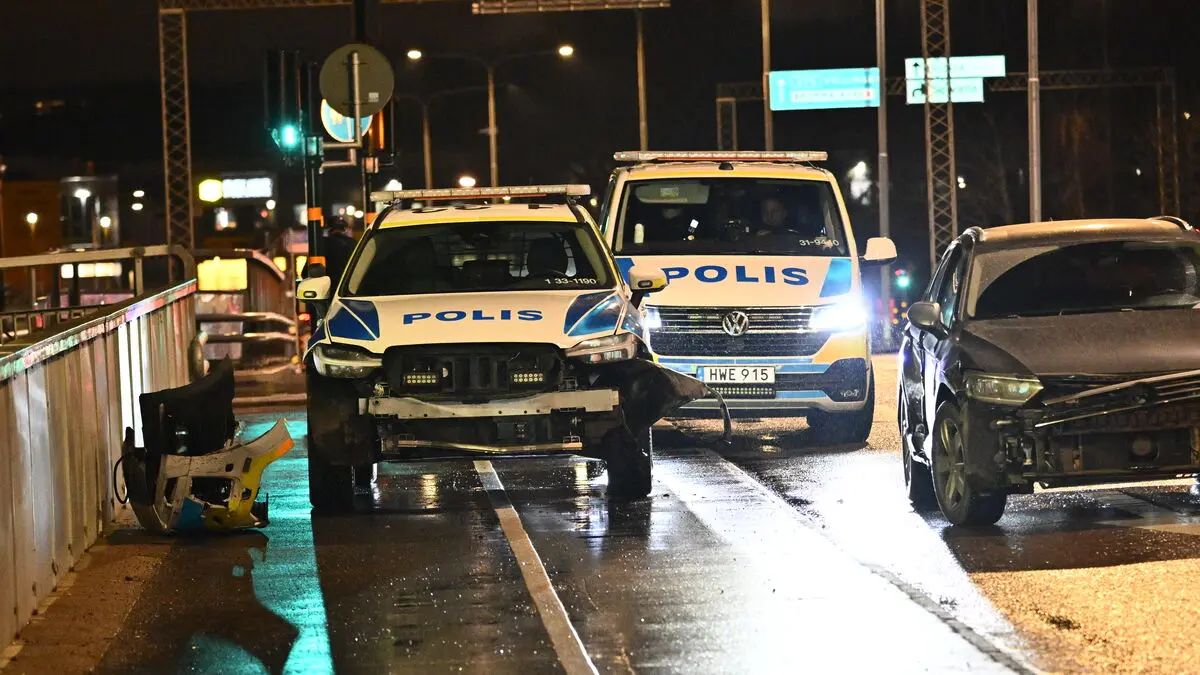In October 2020, a 37-year-old man was convicted of the 16-year-old double murder of eight-year-old Mohamad Ammouri and 56-year-old Anna-Lena Svenson in Linköping.
The breakthrough came when the police, inspired by how American police after many years caught the so-called "Golden State killer", took the help of a genealogist and got a hit on the murderer's DNA profile in a genealogy database.
There were very many investigation groups around the country that had similar cases and hoped to do the same thing, says Criminal Commissioner Jan Staaf, who led the investigation in Linköping.
Cold case groups - which together are responsible for nearly 800 unsolved murders - rubbed their hands, but the method was considered to be against the law, and after a pilot project in Linköping, it was stopped.
Legislative changes
In July, the government presented new legislative proposals that would mean a green light from next summer. Long-awaited, says Jan Staaf.
As we have seen, this is a fantastic tool for solving the most serious crimes.
DNA from a perpetrator is a prerequisite. If you have it, the DNA profile is uploaded to one of the two DNA-based genealogy databases that currently allow searches from law enforcement agencies.
Linda Kvist, genealogist and investigator in the police region of Syd, whose cold case group handles 160 cases, believes that the proposals would make an immediate difference.
There are cases that will be solved. It will also be able to be used for serious rapes, she says.
More important factor
In the cold case group in the police region of Bergslagen, which handles about 30 unsolved murders, work is underway to inventory and identify new cases.
When we're done, we'll surely find cases with traces from unknown individuals where we'd like to search in genealogy databases, says Commissioner Mikael Nyqvist.
He would rather highlight another part of the proposals - that biometric data, such as fingerprints and DNA samples, should be collected to a greater extent from suspects.
Broad sampling will in the long run be a more important success factor. There is a current case in Örebro where someone was sampled for a less serious crime and got a hit on a over ten-year-old child abuse. A perfect example of the importance of getting what we can into the system.
Biometric data - such as fingerprints and DNA samples - should be allowed to be taken, registered, and used in the investigation of crimes to a greater extent.
Data should be allowed to be collected from someone who is reasonably suspected of a crime with imprisonment in the penalty scale. Also, voice samples and handwriting samples.
The police's current register of DNA profiles, fingerprints, and descriptions should be replaced by new biometric registers.
Automated comparisons of facial images and fingerprints of suspected perpetrators should be allowed to be made against the Migration Agency's register in certain serious crimes.
This includes crimes for which there is no prescribed penalty of less than two years' imprisonment, sabotage, espionage, crimes against civic freedom, and terrorist offenses.
DNA-based genealogy should be allowed under certain conditions for murder and serious rape cases.
Genealogy databases should not be allowed to be used to identify unknown crime victims, which the Police Authority had wished for.
The legislative changes are proposed to come into force on July 1, 2025.
Source: Government Bill Biometrics in Crime Fighting





